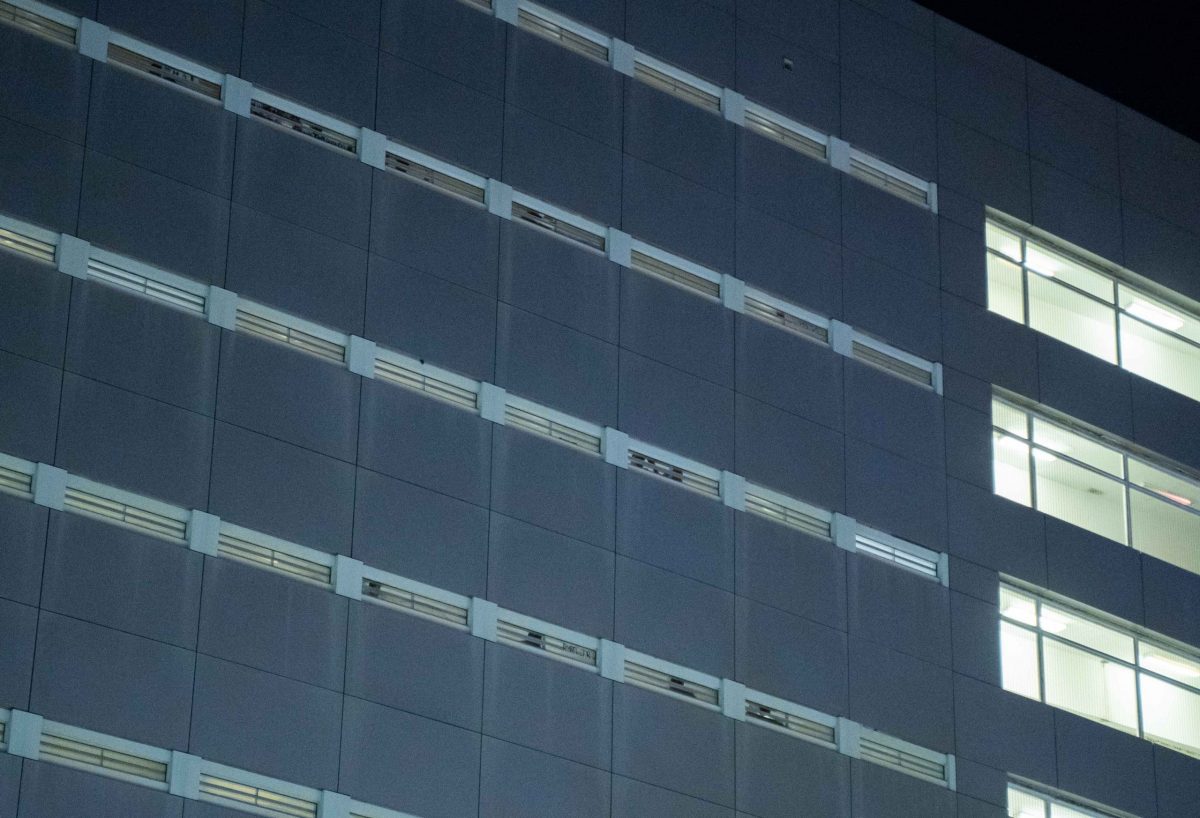After not landing funding for coronavirus testing at the Durham County Detention Facility last month, Sheriff Clarence Birkhead has a new proposal.
The sheriff on Monday will ask county commissioners to pay for testing 20 randomly selected inmates every two weeks. A positive result would spark testing for all inmates.
“I am hopeful they will recognize that we’ve presented a very fair, affordable, and potentially life-saving recommendation,” said Birkhead, who lost a detention center staff member to COVID-19 in April.
With “creative funding” using money in his budget, Birkhead found a way to pay for testing for all inmates and employees in the past week. That turned up zero cases, he said.

But that doesn’t mean the pandemic threat there is over. All across the country coronavirus has posed a lethal risk to inmates and staff at local, state, and federal correctional facilities. To date, 17 people confined in state prisons have died from COVID-19 in North Carolina, according to the state Department of Public Safety.
Law enforcement across the country reduced the number of people confined in jails by making fewer arrests and releasing people not considered a risk to communities. Nationally there were about 200,000 fewer people in local jails in June than at the start of the outbreak in March, according to research by the Vera Institute of Justice.
Durham reduced its census too. But senior detention officer Alexander Pettiway Jr. died from coronavirus in April after an outbreak among detention center staff. In August, 21 inmates and five staff tested positive.
The number of people held in the Durham County jail remains significantly lower than its capacity of 736. But the number held there has ticked up since March, according to the sheriff’s department.
There were 311 people detained there on Wednesday, compared to March, when the population declined to the mid 200s.
Two factors explain the increase: an increase in crime in Durham and a backlog of state prisoners the center continues to hold, Birkhead told commissioners last month.
There has been a 40% increase of shootings alone in the city of Durham, from 495 reported shootings last year between January and September to the 689 reports this year, according to a WRAL report.
“Durham has a serious gun problem, certainly a serious gun violence problem. You overlay that with a gang issue we have had for years. Unfortunately in this environment, be it the pandemic and where we are nationally, all of it is contributing to an uptick in crime,” Birkhead said.
Crime increased in the county, which the sheriff’s department patrols, as well from January to September 2019 to those nine months in 2020. For example: aggravated assaults, which includes shootings, rose 18%; larceny is up 11%; car thefts rose 38%; and burglaries increased 29%, according to the sheriff’s department.
Birkhead said he worries that as the election draws closer crime will continue to rise including, potentially, acts of voter intimidation and voter suppression.
“Law enforcement all across the state of North Carolina is talking about what will need to be done to make sure everyone is safe not just from the virus, but safe from any voter suppression or voter intimidation,” said the sheriff.
Nine state offenders, people sentenced to stays in state prison, were still being held in the Durham Detention Center of Sept. 29. North Carolina pays the county detention center $40 a day for holding these people. That is not a major concern as it makes up a very small percentage of the total inmate population, the sheriff said.
Throughout the state of North Carolina 78 jails were holding at least one offender on backlog to the prison system as of last month. There were 792 offenders on the backlog then, although the number fluctuates daily, said to John Bull, communications officer for the North Carolina Department of Public Safety.
Bull attributed the backlog to a high systemwide correctional officer vacancy rate, exacerbated by the pandemic. While noting it’s not the highest it’s been in recent years, the vacancy rate was 15.92%, Bull said.
Despite the rise in the number of people held in the Magnum Street detention center, the fact that it is below capacity still helps reduce the risk of another coronavirus outbreak, Birkhead said.
“It allows us to do extraordinary measures: placing detainees into single cells, creating as much social distancing as possible, skipping cells and spreading folks out,” he said.
The Sheriff expects to present a new version of his testing plan to county commissioners on Monday.
9th Street reporter Dryden Quigley can be reached at dryden.quigley@duke.edu
At top: People are barely visible peeking out of windows on the face of the Durham County Detention Facility downtown, but they are there. Photo by Henry Haggart



